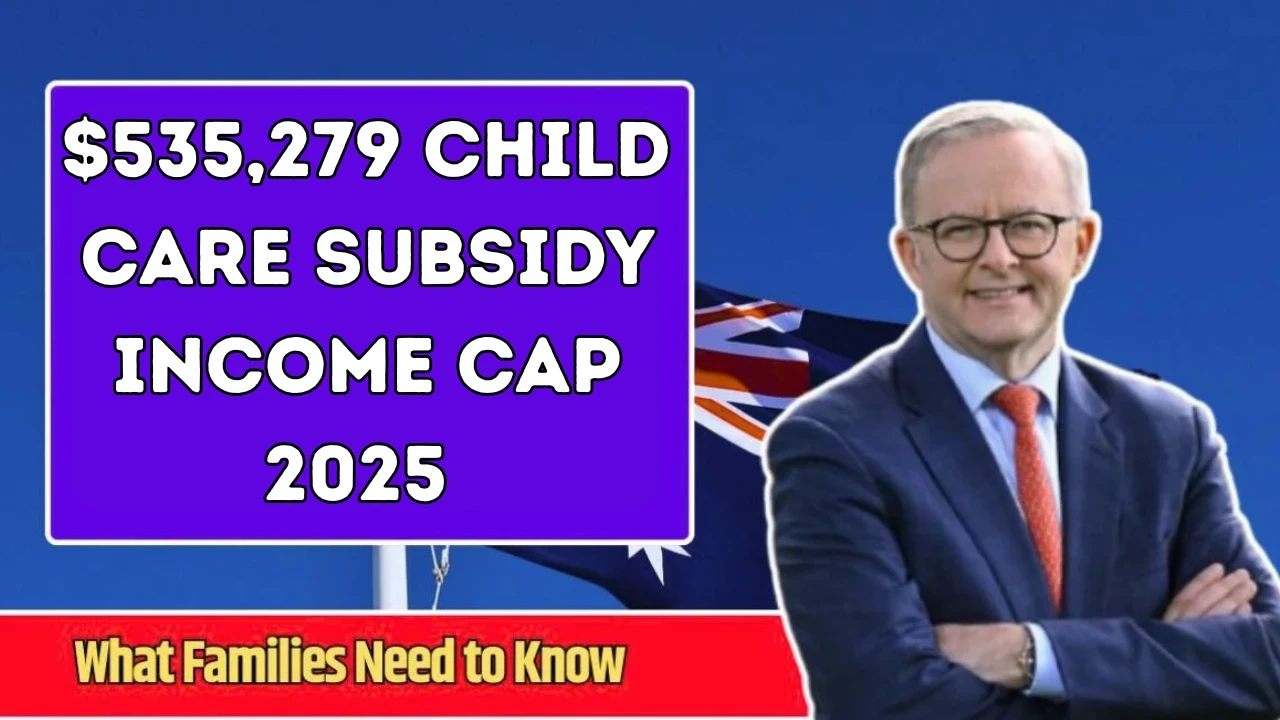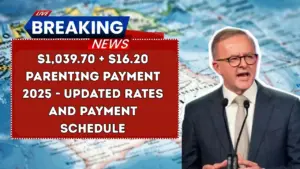Juggling child care costs can feel like a full-time job for Aussie families. The good news? The Child Care Subsidy (CCS) is available to families earning up to $535,279 annually, offering genuine relief to households across the income spectrum.
Understanding the Income Cap
For the 2025-26 financial year, families with a combined household income below $535,279 qualify for the Child Care Subsidy. This means the vast majority of Australian families can access some level of support. Even if you’re earning above this threshold, you can still claim CCS—though you’ll need to confirm your income details with Services Australia to see what you’re eligible for.
How Much CCS Can You Get?
The amount of subsidy you receive depends on your combined family income. Families earning under $85,279 annually receive the highest subsidy rate at 90%. From there, it tapers down gradually.
Here’s how the subsidy breaks down:
| Combined Family Income | Subsidy Rate |
|---|---|
| Up to $85,279 | 90% |
| $85,279 – $186,957 | Tapers from 90% to 50% |
| $186,958 – $535,278 | Tapers from 50% to 0% |
| $535,279+ | 0% |
The subsidy decreases by 1% for every additional $5,000 earned over $85,279, ensuring a gradual reduction rather than a sudden drop-off.
What About Hourly Rate Caps?
The Government also sets maximum hourly rates it will subsidise, which increased from 7 July 2025. For the 2025-26 financial year:
- Centre-based care (under 6): $14.63 per hour
- Centre-based care (school age): $12.81 per hour
- Family day care: $13.78 per hour
- Outside school hours care: $12.81 per hour
If your provider charges more than these caps, you’ll pay the difference out of pocket.
Activity Test and Hours
The number of subsidised hours you receive depends on your “recognised activities”—work, study, volunteering, or job seeking. Here’s the breakdown:
- 0-8 hours per fortnight: Up to 24 hours CCS
- 8-16 hours per fortnight: Up to 36 hours CCS
- 16+ hours per fortnight: Up to 100 hours CCS
Multiple Children Bonus
Got more than one little one? Families with more than one child aged five or under in care may be eligible for a higher CCS rate for younger children, up to 95% for families earning up to $143,273. This benefit applies even if your children attend different services.
Key Takeaway
The CCS is designed to make quality child care accessible for most Australian families. By keeping your income details up to date with Services Australia and understanding how the subsidy works, you can maximise your entitlements and budget more effectively. Don’t forget to confirm your income after each financial year to avoid overpayments and ensure you’re receiving the correct amount.
Frequently Asked Questions
What happens if my income changes during the year?
You can update your family income estimate anytime through your MyGov account. It’s important to keep this accurate—overestimating could mean missing out on subsidy, while underestimating might result in a debt you’ll need to repay.
Can I claim CCS if I’m not an Australian citizen?
Generally, you need to be an Australian citizen or permanent resident to access CCS. In some special circumstances, eligible visa holders may qualify, but most families without citizenship or permanent residency won’t be eligible.
How do I apply for Child Care Subsidy?
Apply online through MyGov by linking your Centrelink account. You’ll need to complete the activity test and provide details about your income, family situation, and chosen child care service. It’s recommended to apply at least three months before your child starts care.
What if my child care provider charges more than the hourly cap?
You’ll need to pay any difference between your provider’s fee and the government’s hourly rate cap. This is often called the “gap fee.” It’s worth shopping around to compare providers and find one that fits your budget.
Do I need to confirm my income every year?
Yes! You must confirm your family income with Services Australia after each financial year by either lodging a tax return or advising them you don’t need to lodge. Missing this deadline can result in your CCS payments stopping.



